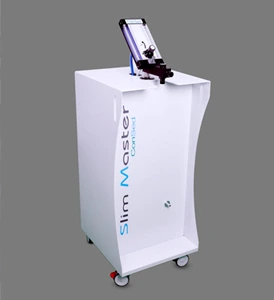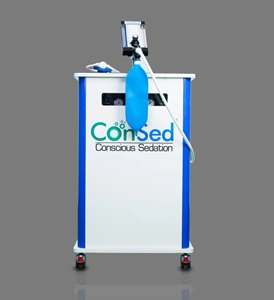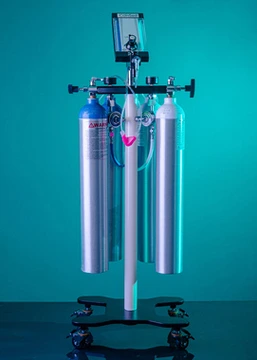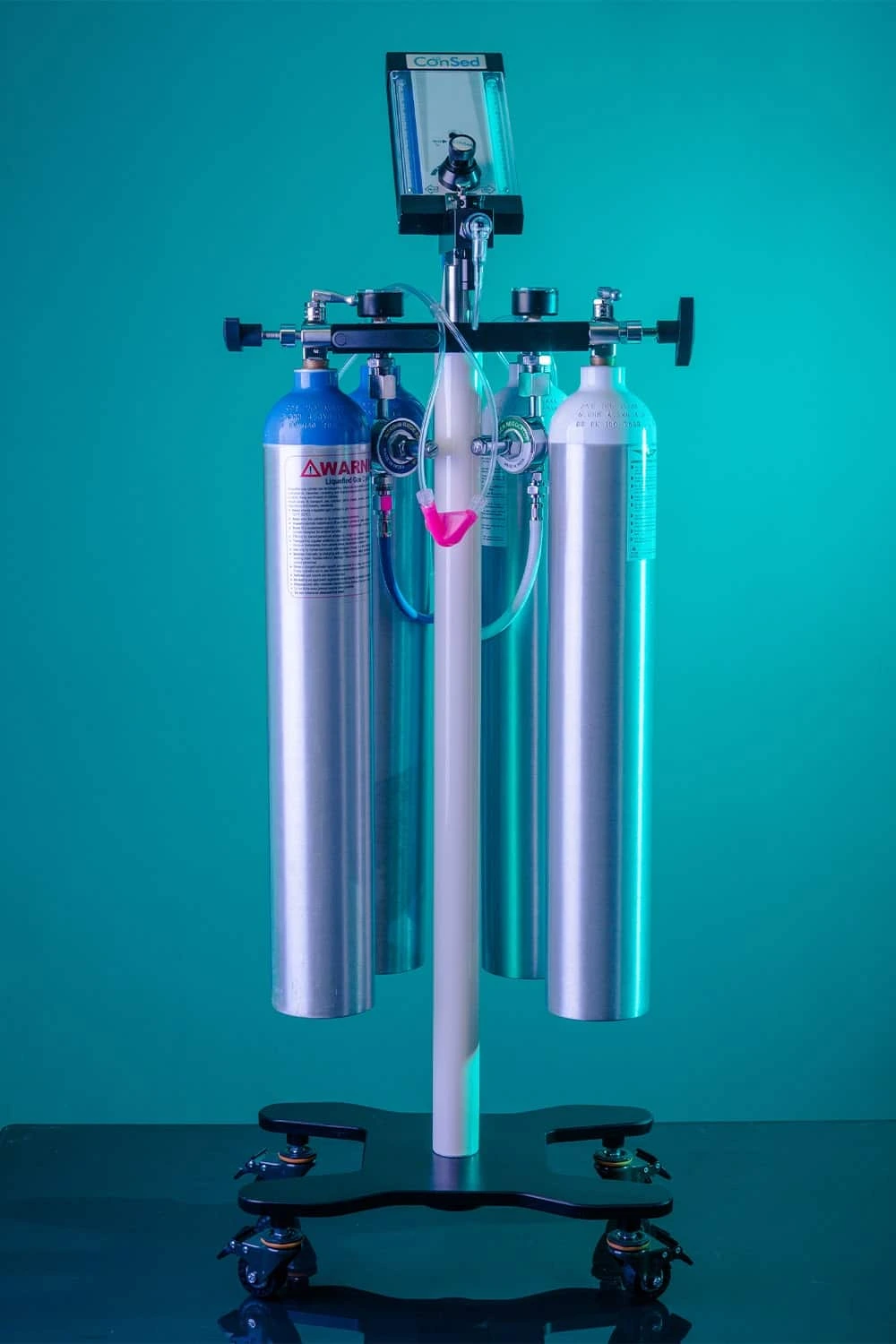
We strive to provide comprehensive information, guidance, and state-of-the-art products to healthcare professionals in need of safe and effective sedation options.



At Consed International, we are passionate about revolutionizing conscious sedation practices and improving patient care. As a leading provider of innovative sedation equipment and solutions, our mission is to empower healthcare professionals with the tools they need to deliver safe, comfortable, and stress-free experiences to their patients.

Loss of sensation of pain that results from an interruption in the nervous system pathway between sense organ and brain.
A level of sedation in which a person is very relaxed and may be awake. The person is able to answer questions and follow instructions. Anxiolysis is caused by special drugs and is used to help relieve anxiety during certain medical
Amnesia is total or partial loss of the ability to recall experiences or events that happened in the preceding few seconds of the sedation procedure using Nitrous Oxide.
Yes, Nitrous oxide is frequently used to help patients who experience anxiety or fear during dental treatments. Discuss your concerns with your provider to determine if it’s the right option for you.
Nitrous oxide is a lighter form of sedation compared to oral sedation or IV sedation. Its quick onset and rapid recovery make it ideal for mild to moderate anxiety or discomfort. If you need deeper sedation or are undergoing a more invasive procedure, your provider might recommend oral or intravenous sedation.
Healthcare providers carefully monitor the administration of Nitrous oxide to ensure safe levels are used. Breathing too much Nitrous oxide could lead to temporary side effects like dizziness or nausea, but this is rare in controlled environments. Providers can immediately adjust the dosage if needed
There are no known long-term effects from nitrous oxide when used properly in medical or dental settings. It is quickly expelled from the body, and normal activities can typically be resumed shortly after the procedure.
Yes, if you are feeling anxious or uncomfortable during the procedure, you can ask your healthcare provider to adjust the amount of Nitrous oxide. The effects can be fine-tuned to match your comfort level.
Yes, Nitrous oxide sedation helps relax you and reduce anxiety, but it does not numb the area being treated. For procedures like fillings or extractions, a local anesthetic (e.g., Novocain) will likely still be necessary to prevent pain.
If you start to feel nauseous during the procedure, let your healthcare provider know immediately. They can adjust the gas mixture or remove the mask to alleviate discomfort. Nausea after the procedure is uncommon but can occur, and it typically passes quickly.
Your healthcare provider will review your medical history and any concerns you have about sedation before recommending Nitrous oxide. It is a good option for many people, but other forms of sedation may be more suitable depending on your needs and comfort level.
Nitrous oxide is not typically considered addictive when used in a controlled medical or dental setting. However, recreational misuse of Nitrous oxide, outside of medical oversight, can be dangerous and lead to health issues.
If you have nasal congestion or a cold, it may be difficult to inhale Nitrous oxide effectively through the mask. In such cases, your procedure may be postponed, or your provider may recommend a different type of sedation.
Yes, Nitrous oxide can sometimes be combined with other sedatives for additional relaxation. Your healthcare provider will determine if this is appropriate based on your procedure and medical history.
If you are claustrophobic or uncomfortable wearing a mask, let your healthcare provider know. They can adjust the mask or help you get accustomed to it slowly. If Nitrous oxide is not a good option for you, your provider may suggest alternative sedation methods.
Yes, Nitrous oxide is commonly used for children during dental procedures to help reduce anxiety and make the experience more comfortable. It is considered very safe for children when administered by a trained professional.
Unlike deeper forms of sedation, Nitrous oxide does not typically cause amnesia. Most patients remember the procedure, although they are much more relaxed and may feel indifferent to the events.
Nitrous oxide is delivered through a small mask placed over your nose. You will be instructed to breathe normally, and the sedative will take effect quickly. The level of sedation can be adjusted throughout the procedure to ensure your comfort.
Nitrous oxide generally induces relaxation but not deep sleep. Some patients feel drowsy or mildly sedated but will remain awake and responsive during the procedure. If you are looking for a deeper form of sedation, other options might be more suitable.
Despite its nickname, “laughing gas,” Nitrous oxide does not always cause uncontrollable laughter. While some people may feel giggly or light-hearted, the primary effect is a sense of calm and relaxation, not hysterical laughter.
Preparation for Nitrous oxide sedation is usually minimal. Your provider may recommend avoiding large meals, alcohol, or dairy a few hours before your appointment. You should also wear comfortable clothing and communicate any health concerns or medications you are currently taking.
Yes, you can usually eat and drink normally after Nitrous oxide sedation once the effects wear off, which typically happens within a few minutes. However, your healthcare provider may give specific instructions depending on your procedure or individual case.
The effects of Nitrous oxide dissipate quickly after the mask is removed. Most patients feel back to normal within 5 to 10 minutes and can resume normal activities soon afterward.
Excited to connect with you! Simply fill in the box and we will promptly respond to your inquiry